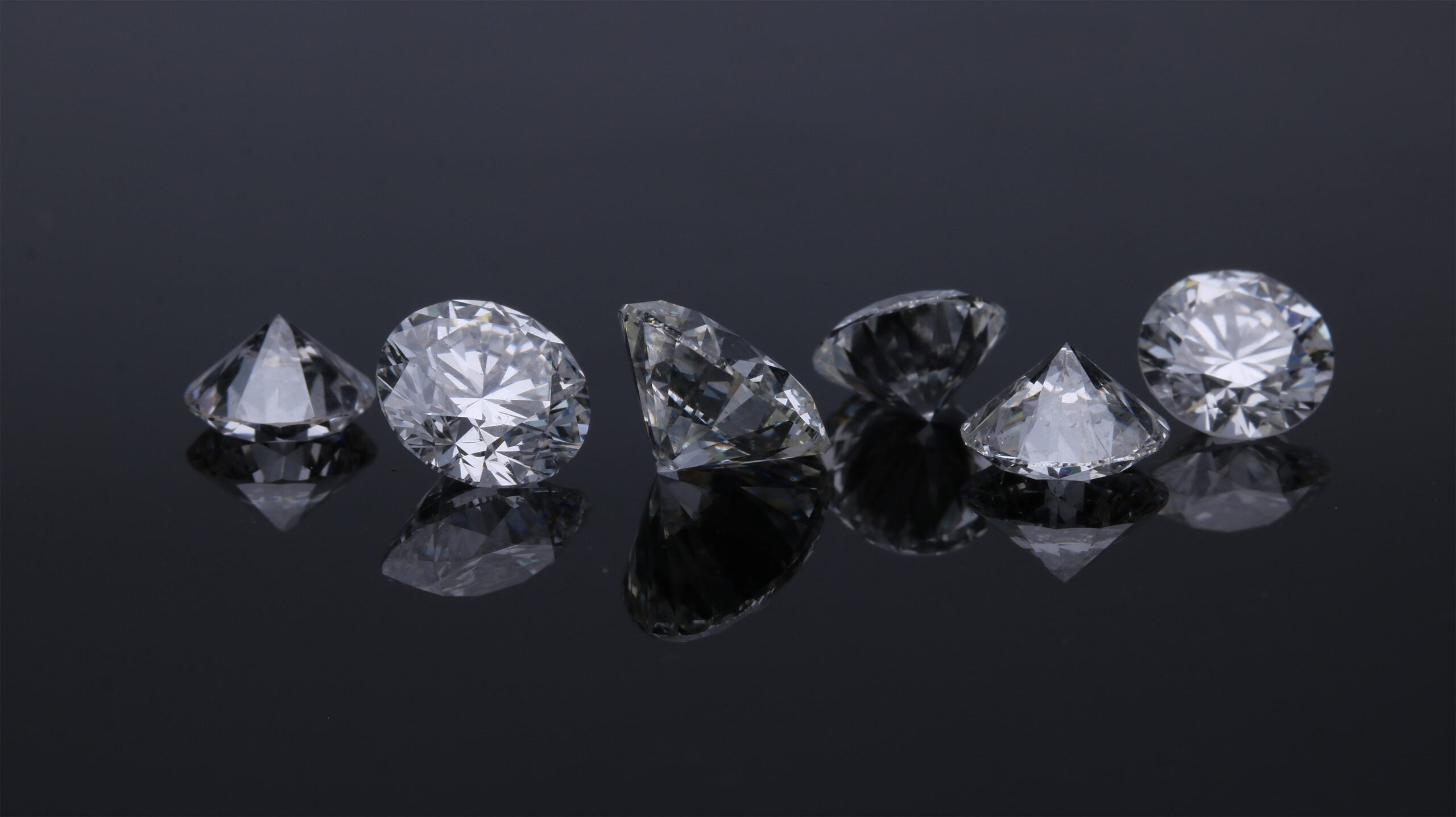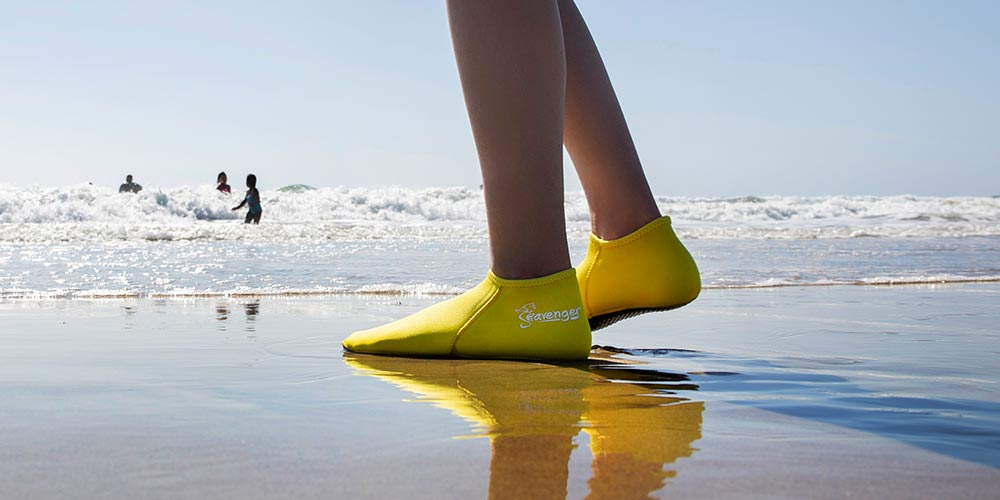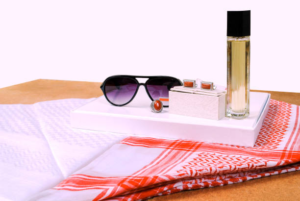How Do Jewelers Determine the Quality of a Diamond?
Diamonds are durable, rare, and brilliant, making them a frequently sought-after gemstone. The stones have distinctive characteristics that determine each diamond’s value. Jewelers use a systematic approach to assess a diamond’s quality, value, and authenticity. Here are ways in which jewelers determine the quality of a diamond:
Cut
A diamond’s cut affects its sparkle and brilliance and indicates how its facets interact with the light and its shape. Precise cuts increase a diamond’s luminosity, while poor cuts can make a high-quality gem lackluster. A professional jeweler can grade a cut as excellent or poor by examining the proportions, polish, and symmetry. Also, a clean cut increases the reflection of the lights entering the gem, making it more radiant.
Color
Jewelers can also use color to classify diamonds. They employ a grading scale from D, colorless, to Z, light yellow or brown. Diamonds with color scales from D to F are scarce and expensive. Excessive color in a diamond is undesirable, as it reduces the stone’s capacity to reflect light. When determining a stone’s authenticity, jewelers use white backgrounds and controlled lighting to identify color differences for grading.
Clarity
Most diamonds develop natural “birthmarks” as they form. Internal flaws are called inclusions, while external visual defects are called blemishes. Clarity is the absence of inclusions and blemishes, and diamonds with flaws have a lower value.
The degree of clarity is defined by a clarity scale that rates them as flawless (FL) to obvious inclusions (13). Flawless diamonds have very minor imperfections visible under a 10x magnification. Jewelers use this magnification to check and plot clarity.
Carat Weight
Carat weight determines a diamond’s size. One carat is equal to 200 milligrams. Jewelers use digital scales that can weigh up to the fifth decimal place. Big diamonds are scarce, making them more expensive.
While carat weight defines the mass of a diamond, its weight does not necessarily translate into a larger size. Aspects like cut and shape affect how large a stone visibly appears. A diamond that has been well cut can look larger than a diamond of the same carat weight that has been poorly cut. Marquise or oval-shaped gems often appear larger than round-shaped stones of the same weight.
Shape
The form in which a diamond is cut also determines its beauty and usability. Diamonds can be round, oval, or pear-shaped, providing different looks to satisfy the wearer’s tastes. Round brilliant diamonds have unmatched sparkle, and this usually makes them popular. Oval and marquise shapes make fingers look longer, and the diamonds look bigger than their carat weight. Cushion and pear shapes offer a vintage look and signature style.
Other Ways to Assess Diamond Value
While cut, color, clarity, and carat primarily determine a diamond’s price tag, jewelry enthusiasts may use additional characteristics to value a stone. These include:
Ethical Sourcing
Diamonds are sourced through open-pit, underground, or alluvial mining. Machine-mining techniques may harm the environment, or alluvial miners could be exploited. Some diamonds, often called Blood Diamonds, are mined and sold by insurgent groups to fund civil wars.
Ethically sourced diamonds undergo the Kimberley Process to verify that a stone is not a blood diamond. They also come from mines that:
- Minimize environmental impact
- Provide safe working conditions
- Grant fair pair
- Do not use child labor
Jewelers may also sell synthetic or lab-grown diamonds to make sure customers can obtain ethically produced stones. Lab diamonds are comparable in quality and appearance to natural diamonds. They are more sustainable because they require less labor and energy to produce.
Customization Options
Many jewelers can personalize your diamond’s shape and setting. This allows buyers to acquire a genuine product that suits their style, whether an engagement ring, necklace, or bracelet. Lab-grown diamonds can also be customized based on your preferred color, cut, and size. 3D models and CAD designs allow you to review your diamond before manufacturing begins.
Choose Trusted Diamond Jewelers Today
Knowing how jewelers determine a diamond’s quality enables you to make an informed decision when selecting a stone for your next piece of jewelry. Understanding a diamond’s cut, color, clarity, weight, and other parameters may help you better appreciate each stone. Contact an experienced jeweler today to choose or create an ethically sourced gem that matches your style.











Post Comment